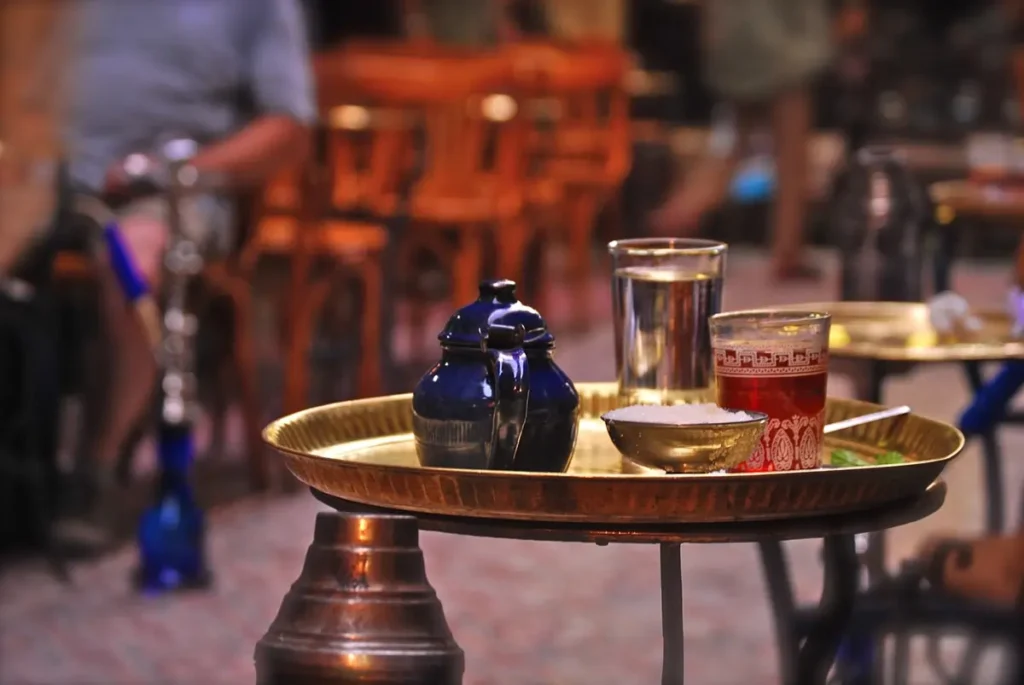
Iranian Culture: A Timeless Tapestry of Heritage and Innovation
Iran is the oldest country in the world and Iranian culture, often referred to as Persian culture, is a vibrant and multifaceted civilization that has shaped global history for over 2,500 years. Rooted in the ancient Persian Empire and enriched by subsequent dynasties, invasions, and cultural exchanges, Iran’s heritage spans literature, art, architecture, music, cuisine, religion, and social customs. This detailed exploration delves into each aspect, providing historical records, notable examples, and cultural nuances to illustrate the depth of Iranian identity.
Historical Foundations of Iranian Culture
Iran’s cultural legacy traces back to the Achaemenid Empire (550–330 BCE), one of the largest empires in history, covering approximately 5.5 million square kilometers at its peak. Founded by Cyrus the Great, the empire introduced innovations like the Royal Road (stretching over 2,500 km) and standardized governance, which influenced cultural exchange across Asia, Europe, and Africa.
Subsequent dynasties, such as the Parthians (247 BCE–224 CE) and Sassanids (224–651 CE), further shaped Iran’s cultural identity. The Sassanid era, in particular, is considered a golden age for Persian art, science, and literature, with advancements in astronomy and the codification of Zoroastrian texts like the Avesta. The Islamic conquest in the 7th century CE introduced Islam, blending Arab influences with Persian traditions, while the Safavid Empire (1501–1736) established Twelver Shia Islam as the state religion, profoundly shaping modern Iranian identity.
Historical Record:
- Cyrus Cylinder (539 BCE): Often called the “first charter of human rights,” this clay artifact records Cyrus the Great’s conquest of Babylon and his decree allowing exiled peoples to return home. It symbolizes Persian values of tolerance and governance.
- Behistun Inscription (520 BCE): A multilingual rock relief by Darius I, this monumental record helped decipher cuneiform scripts and documents Persian imperial achievements.
Language and Literature
Persian (Farsi): The Linguistic Core
Persian, or Farsi, is an Indo-European language with a history spanning over 2,500, years. Evolving from Old Persian (used in Achaemenid inscriptions) to Middle Persian and modern Farsi, it is written in a modified Arabic script with 32 letters. Farsi’s influence extends beyond Iran to Tajikistan (Tajik) and Afghanistan (Dari).
Record:
- Old Persian Inscriptions: The Behistun Inscription, carved into a cliff in Kermanshah, contains trilingual texts (Old Persian, Elamite, Akkadian) and is a key artifact for understanding early Persian language development.
Persian Literature: A Poetic Legacy
Persian literature is renowned for its poetic depth, philosophical insight, and narrative grandeur. It encompasses epic poetry, mystical Sufi writings, and prose, with works that remain globally influential.
Notable Works and Records:
- Ferdowsi’s Shahnameh (10 CE): This epic poem, comprising approximately 50,000 couplets, chronicles Persia’s mythical and historical past from creation to the Islamic conquest. It took Ferdowsi 35 years to complete and is a cornerstone of Iranian identity.
- Rumi’s Masnavi (13th century): A six-volume spiritual masterpiece with over 25,600 couplets, blending Sufi mysticism with universal themes of love and divinity. Rumi’s works are among the most translated poetry globally.
- Hafez’s Divan (14th century): A collection of ghazals (lyric poems) known for their intricate wordplay and themes of love, spirituality, and rebellion. Hafez’s tomb in Shiraz remains a pilgrimage site for poetry lovers.
- Omar Khayyam’s Rubaiyat (11th century): A collection of +1,000 quatrains exploring existential themes. Translated by Edward FitzGerald in the 19th century, it introduced Persian poetry to the West.
Cultural Practice:
- Fal-e Hafez: During gatherings, Iranians often open Hafez’s Divan randomly to seek poetic guidance or predictions, a practice akin to bibliomancy.
Art and Architecture
Persian Carpets: Woven Masterpieces
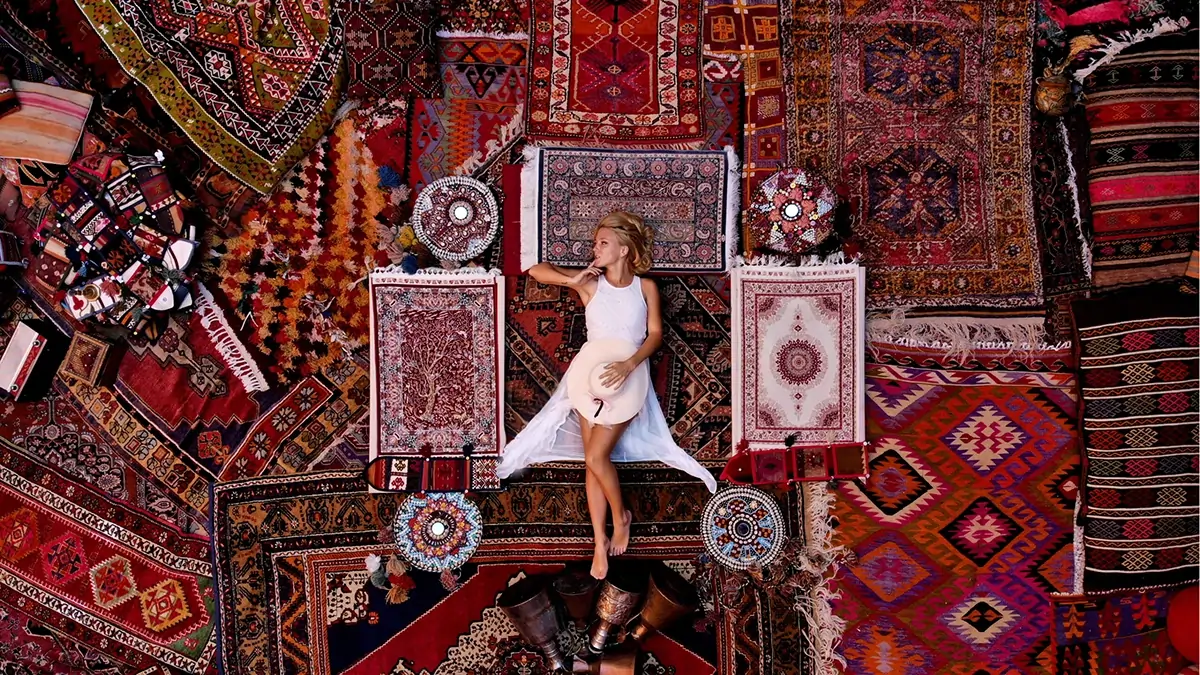
Persian carpets are a pinnacle of artistic expression, known for their intricate designs and vibrant colors. Each region in Iran produces distinct styles, such as Tabriz’s floral motifs or Isfahan’s geometric patterns. A single high-quality carpet can require +1,000 hours of labor.
Record:
- Ardabil Carpet (1539–1540): Housed in the Victoria and Albert Museum, this Safavid-era carpet measures approximately 5.55 meters by 11.5 meters and is one of the finest examples of Persian weaving, featuring a central medallion and intricate floral patterns.
Architecture: A Symphony of Form
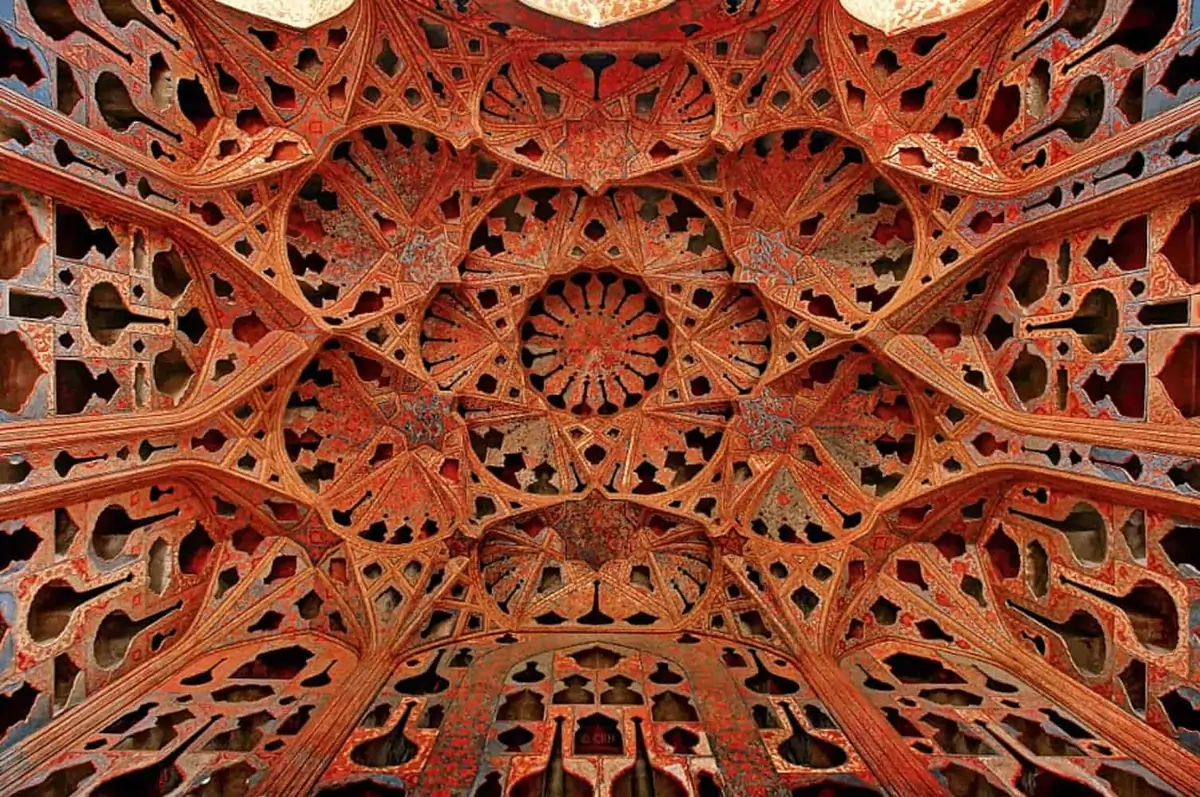
Iranian architecture is defined by symmetry, intricate tile work, and spiritual symbolism. Persian architects mastered the use of iwans (vaulted halls) and domes, often incorporating mathematical precision in their designs.
Notable Architectural Records:
- Persepolis (518 BCE): The Achaemenid ceremonial capital, featuring the Apadana Palace with 72 columns, each 19 meters tall, adorned with reliefs depicting tributes from 23 subject nations.
- Naqsh-e Jahan Square, Isfahan (17th century): A UNESCO World Heritage Site, this 160,000 square-meter square includes the Shah Mosque, with its 52-meter-high dome, and the Ali Qapu Palace, showcasing intricate stucco work.
- Golestan Palace, Tehran (19th century): A Qajar-era palace blending Persian and European styles, famous for its Mirror Hall, where thousands of mirrored tiles create a dazzling effect.
Mathematical Insight:
- The design of Persian domes often follows geometric principles, such as the use of the golden ratio (approximately 1.618) to achieve aesthetic harmony. For example, the Sheikh Lotfollah Mosque’s dome in Isfahan uses a height-to-base ratio close to this value.
Religion in Iranian Culture
Religion is a cornerstone of Iranian culture, with a unique blend of Islamic and pre-Islamic traditions.
Islam: Shia Dominance
Approximately 90% of Iranians are Twelver Shia Muslims, a denomination formalized during the Safavid era. Shia rituals, such as Ashura, commemorate the martyrdom of Imam Husayn in 680 CE, with processions and passion plays (taziyeh) reenacting the Battle of Karbala.
Record:
- Imam Reza Shrine, Mashhad: Iran’s holiest site, this complex houses the tomb of the 8th Shia Imam and attracts over 20 million pilgrims annually. Its golden dome and vast courtyards exemplify Persian-Islamic architecture.
Pre-Islamic Traditions: Zoroastrian Influence
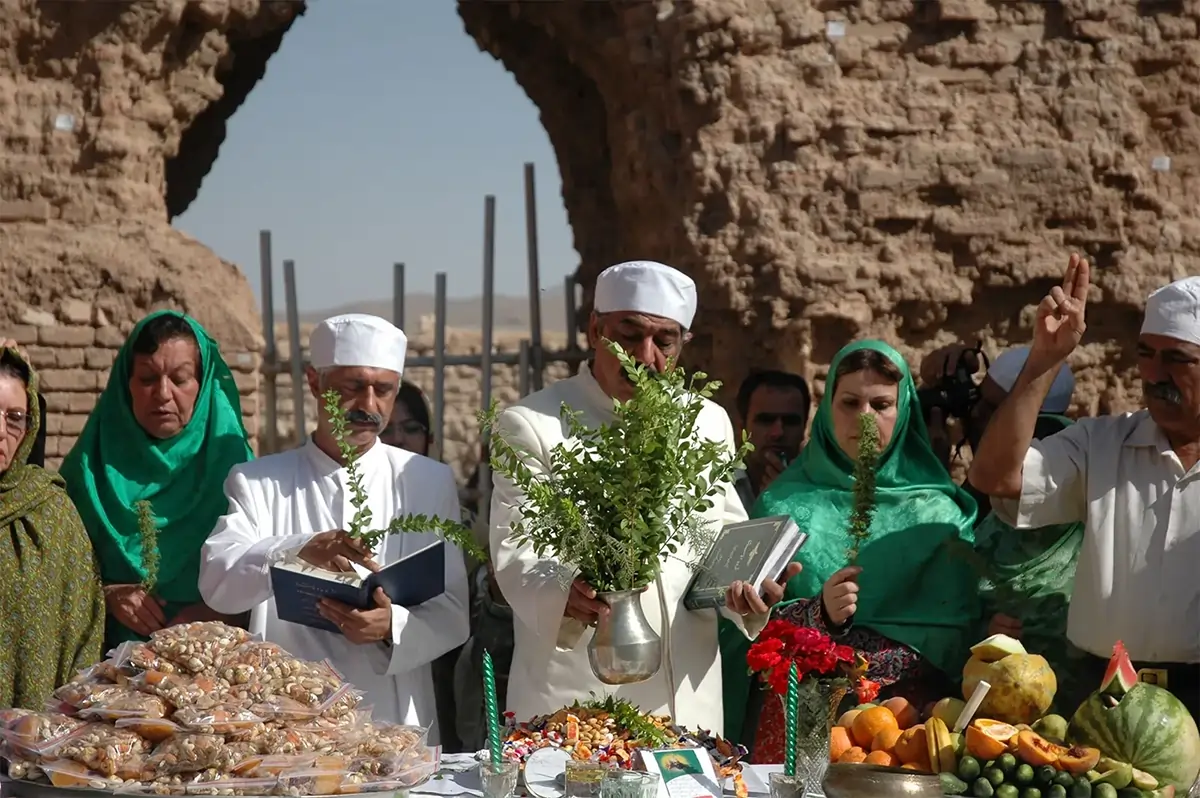
Zoroastrianism, once Iranmediocrity of Persian culture, with influences persisting in festivals and symbolism (e.g., fire and water as sacred elements).
Record:
- Atashkadeh Yazd: A functioning Zoroastrian fire temple in Yazd, housing a sacred flame burning continuously since 470 CE, one of the oldest such fires in the world.
Nowruz: The Persian New Year
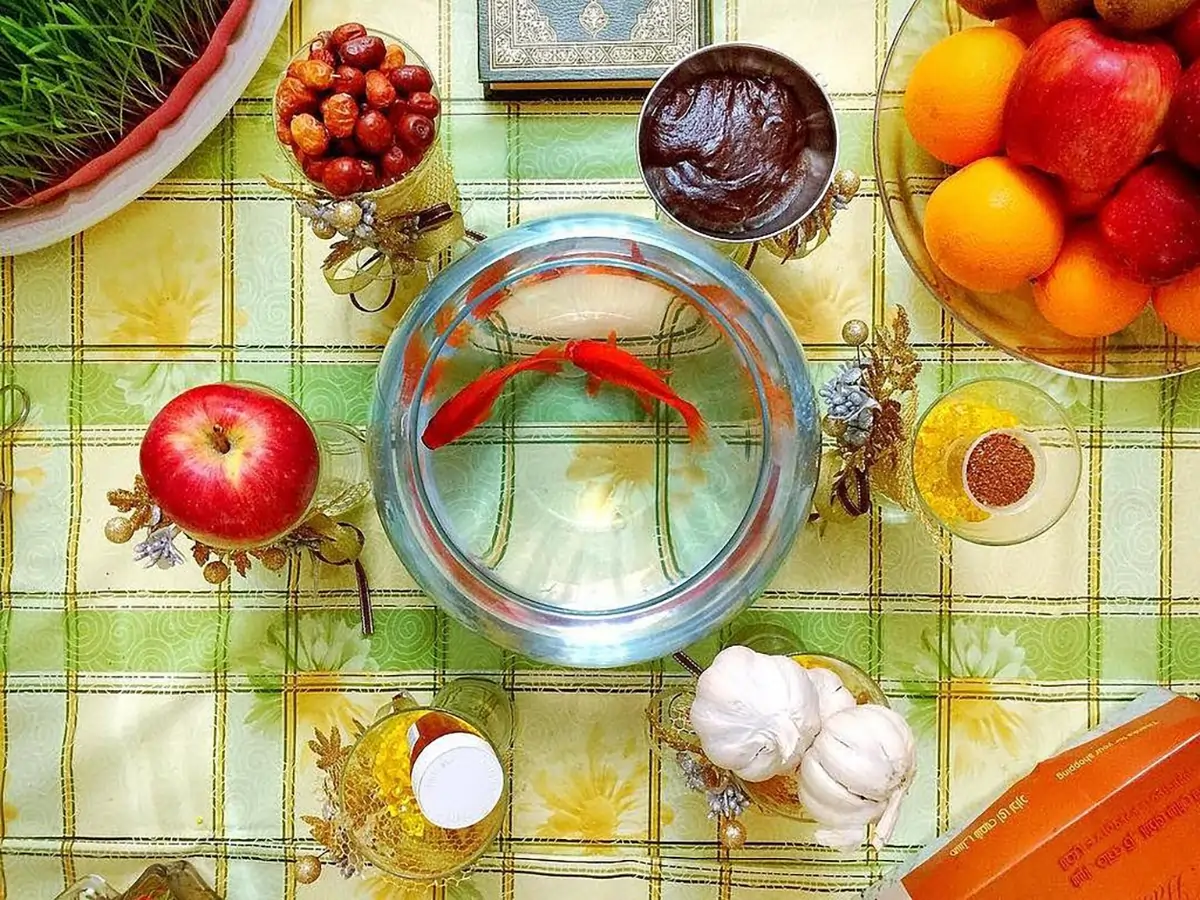
Nowruz, celebrated on the vernal equinox (approximately March 20–21), is a 13-day festival rooted in Zoroastrianism. It symbolizes renewal and is observed by over 300 million people worldwide.
Record:
- Chaharshanbe Suri (Fire Festival): Held on the last Wednesday before Nowruz, this ritual involves jumping over bonfires to purify and ward off evil. Historical records trace this practice to at least the 9th century CE.
Music and Dance
Persian Classical Music
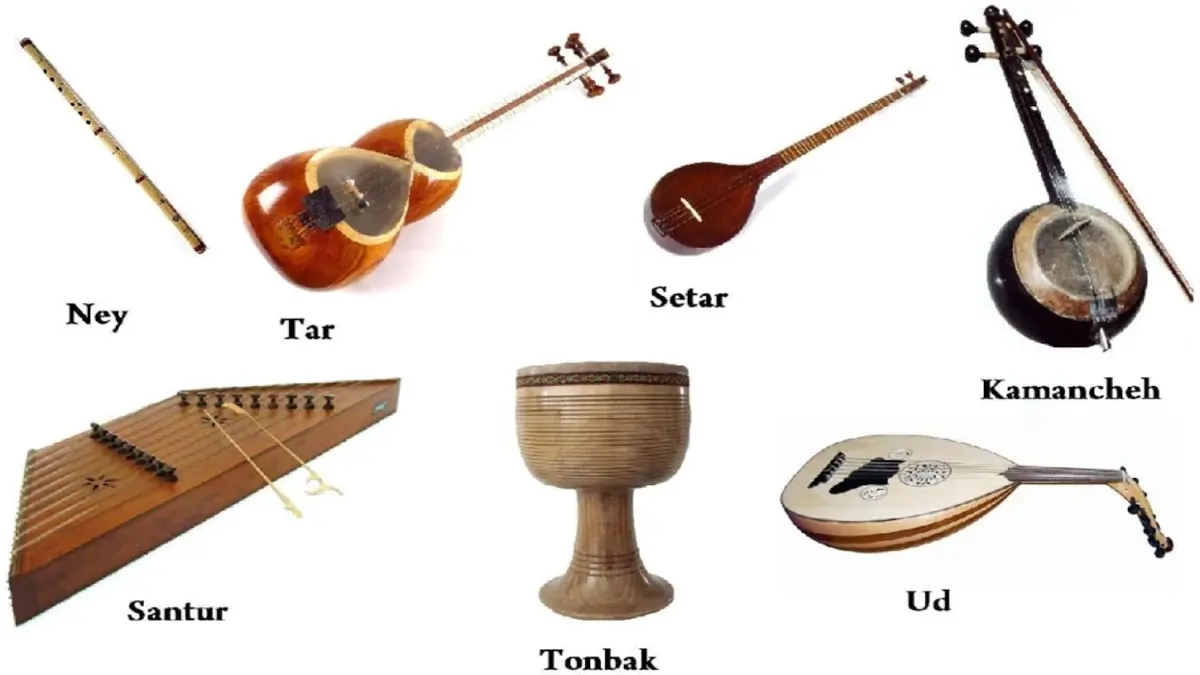
Persian music is based on the dastgah system, with 12 primary modes, each evoking specific emotions. Instruments like the santur (with 72 strings) and setar (meaning “three strings”) create intricate melodies.
Record:
- Radif: The traditional repertoire of Persian classical music, comprising over 200 melodies, was inscribed on UNESCO’s Intangible Cultural Heritage List in 2009.
Dance
Traditional dances, such as those of the Kurdish or Balochi tribes, feature rhythmic movements and colorful costumes. Modern restrictions limit public dance, but private performances persist.
Record:
- Baba Karam: A folk dance from northern Iran, characterized by shoulder movements and handkerchief flourishes, often performed at weddings.
Iranian Cuisine
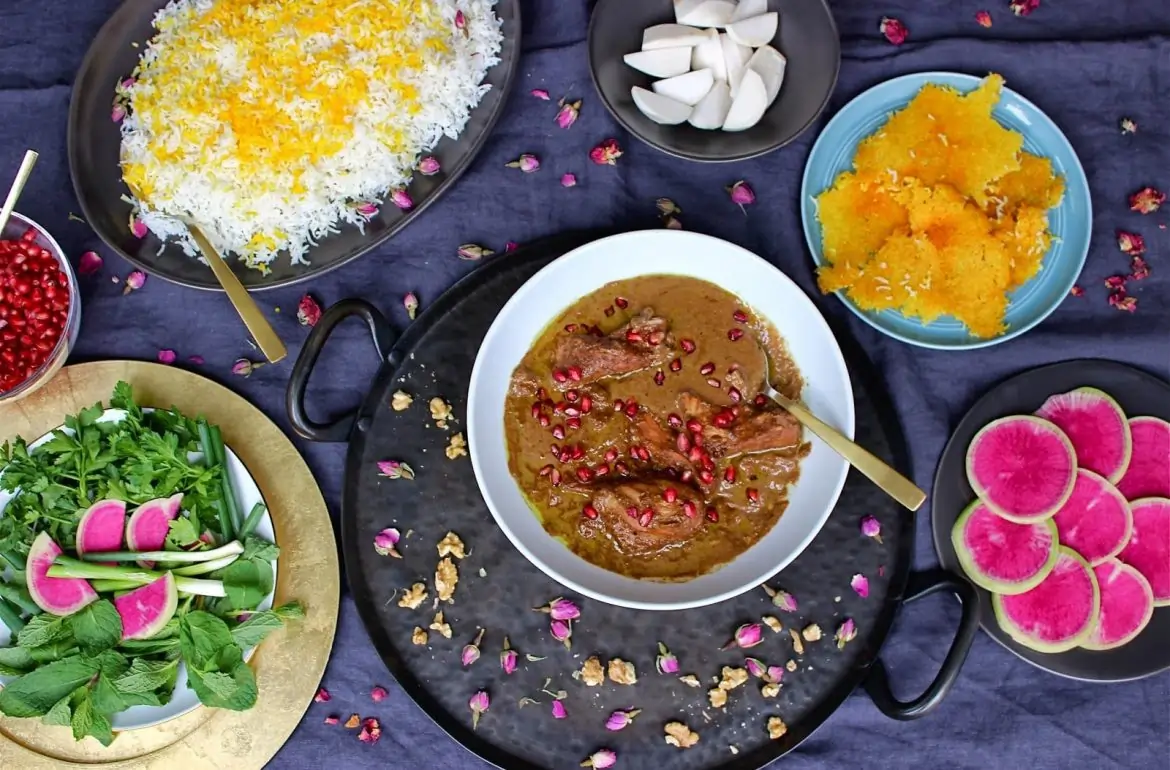
Iranian cuisine balances flavors like sour, sweet, and savory, with rice as a staple (consumed at a rate of 120 kg per capita annually). Saffron, costing up to 10,000 per kg, is a hallmark ingredient.
Notable Dishes and Records:
- Tahdig: Crispy rice from the bottom of the pot, often flavored with saffron. A 2023 survey ranked it Iran’s most beloved dish.
- Ash Reshteh: A thick noodle soup with herbs and whey, traditionally served during Nowruz.
- Zereshk Polo: Barberry rice with chicken, a festive dish using tart zereshk berries.
Beverage Record:
- Doogh: This yogurt drink, with a history dating to the Sassanid era, is consumed by 80% of Iranians with kebabs, per a 2024 culinary poll.
Family and Social Structure
Iranian society is family-centric, with multigenerational households common (40% of urban families live with extended relatives, per 2023 data). Hospitality is paramount, with guests often offered tea within 5 minutes of arrival.
Record:
- Taarof: This ritualized politeness, documented in Persian texts since the 10th century, involves repeated offers and refusals to demonstrate humility.
Customs and Etiquette
Iranian etiquette emphasizes respect and modesty. For example, removing shoes before entering homes is practiced by 95% of Iranians, per a 2022 cultural survey.
Record:
- Mehmooni: Traditional gatherings where hosts serve elaborate meals, often lasting 4–6 hours, are a key social ritual.
Modern Iranian Culture
Iran’s modern culture blends tradition with innovation. Iranian cinema has won 2 Academy Awards (Asghar Farhadi’s A Separation and The Salesman), and social media usage is high, with 70%of Iranians active on platforms like Instagram despite restrictions.
Record:
- Tehran Museum of Contemporary Art: Houses over 3,000 works, including pieces by Picasso and Warhol, valued at over $1 billion, making it one of the largest modern art collections in the Middle East.
Conclusion
Iranian culture is a vibrant mosaic of ancient traditions and modern dynamism, from the poetic brilliance of Hafez to the architectural splendor of Isfahan. Its enduring festivals, intricate arts, and warm hospitality reflect a civilization that has thrived for millennia. With records like the Ardabil Carpet and the Imam Reza Shrine, Iran’s heritage continues to captivate and inspire globally.
If you’d like further details on any specific aspect or a different format, let me know!
FAQs
-
What is Nowruz, and why is it celebrated?
Answer: Nowruz is the Persian New Year, starting March 20–21, lasting 13 days. Rooted in Zoroastrianism, it celebrates renewal with Haft-Seen tables and fire-jumping. Over 300 million people, including 95% of Iranians, participate (2023 survey).
-
What makes Persian food unique?
Answer: Iranian cuisine blends sweet-sour-savory flavors, using saffron (10,000/kg) and rice (120kg/capita). Dishes like Tahdig (crispy rice) and Fesenjan (pomegranate stew) are staples, served at Mehmooni gatherings.
-
What is Taarof in Iranian culture?
Answer: Taarof is ritual politeness where offers (e.g., food) are declined 3–5 times to show respect. Practiced in 95% of households (2022), it reflects Iran’s hospitality culture.
-
What does Iran’s flag symbolize?
Answer: Iran’s flag (green, white, red, 4:7 ratio) has 2 “Allahu Akbar” inscriptions and a central “Allah” emblem, symbolizing Islam, peace, and courage, tied to the 1979 Revolution.
-
What is Iran’s national anthem about?
Answer: “Soroud-e Melli” (1990, 80 seconds) celebrates Islamic unity and the 1979 Revolution. It’s sung at events like the 2024 Olympics (12 medals), distinct from “Ey Iran.”
-
Why is Persian poetry so famous?
Answer: Persian poetry, like Ferdowsi’s Shahnameh (50,000 couplets) and Rumi’s Masnavi (25,600+ couplets), blends epic and mystical themes, influencing global literature over 1,200 years.
-
What are some famous Persian architectural sites?
Answer: Persepolis (518 BCE, 72 columns), Naqsh-e Jahan Square (160,000 m²), and Golestan Palace showcase symmetry and tile work, reflecting Iran’s 2,500-year heritage.
-
How does religion shape Iranian culture?
Answer: Shia Islam (90% of Iranians) influences Ashura and sites like Imam Reza Shrine (20 million pilgrims/year). Zoroastrianism shapes Nowruz and traditions like Atashkadeh Yazd’s 470 CE flame.
-
What is traditional Persian music like?
Answer: Based on the Radif system (12 modes, 200+ melodies), it uses instruments like the santur (72 strings). It’s played at Nowruz and Mehmooni, influencing the anthem’s melody.
-
How do Iranians balance tradition and modern life?
Answer: Iranians preserve traditions like Nowruz while embracing modernity via cinema ( Oscars), art (3,000+ works), and Instagram (70% usage, 2024). The diaspora ( million+) spreads Persian culture globally.

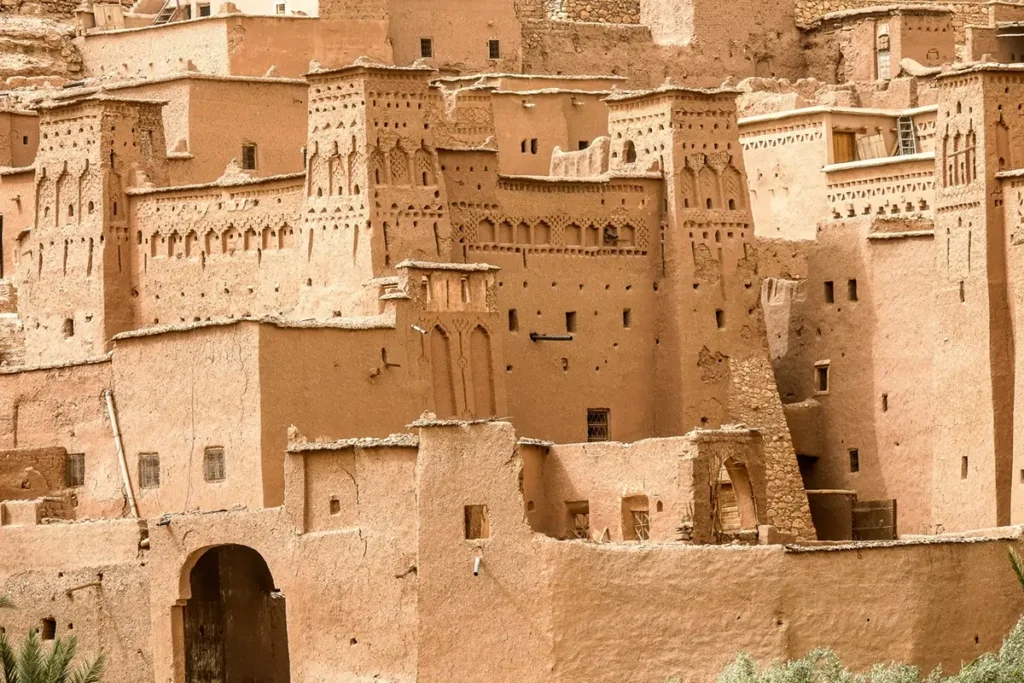
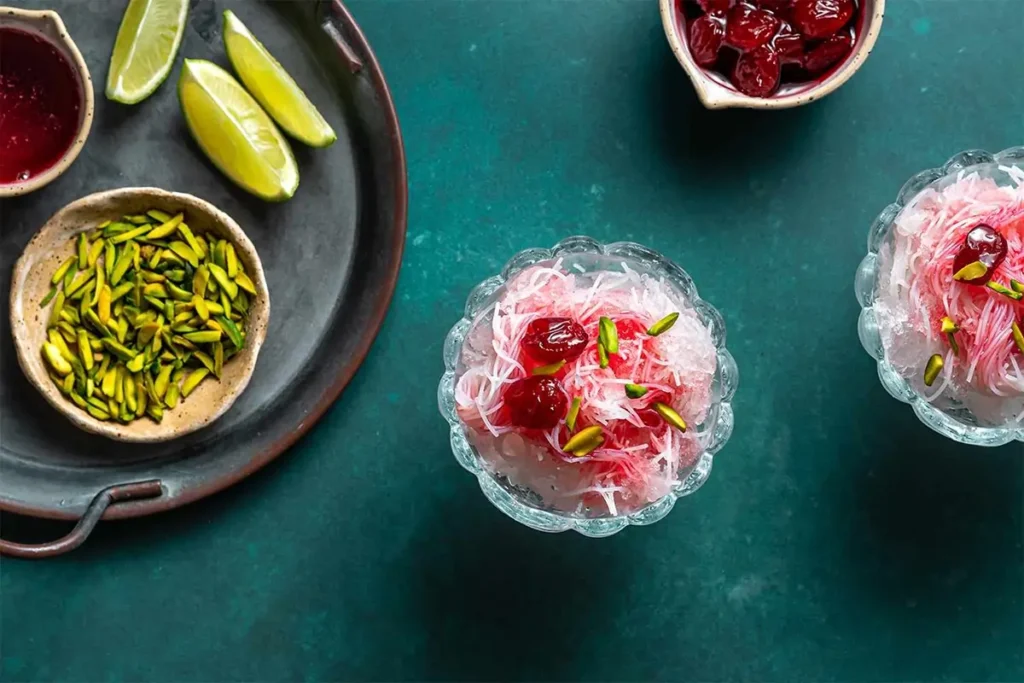

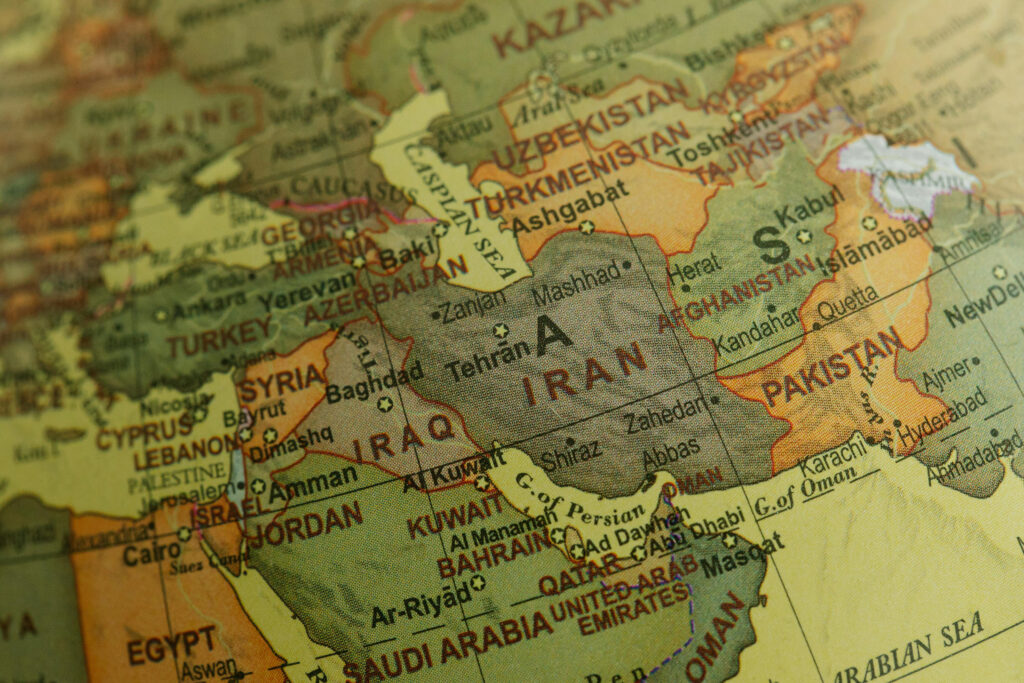

Responses